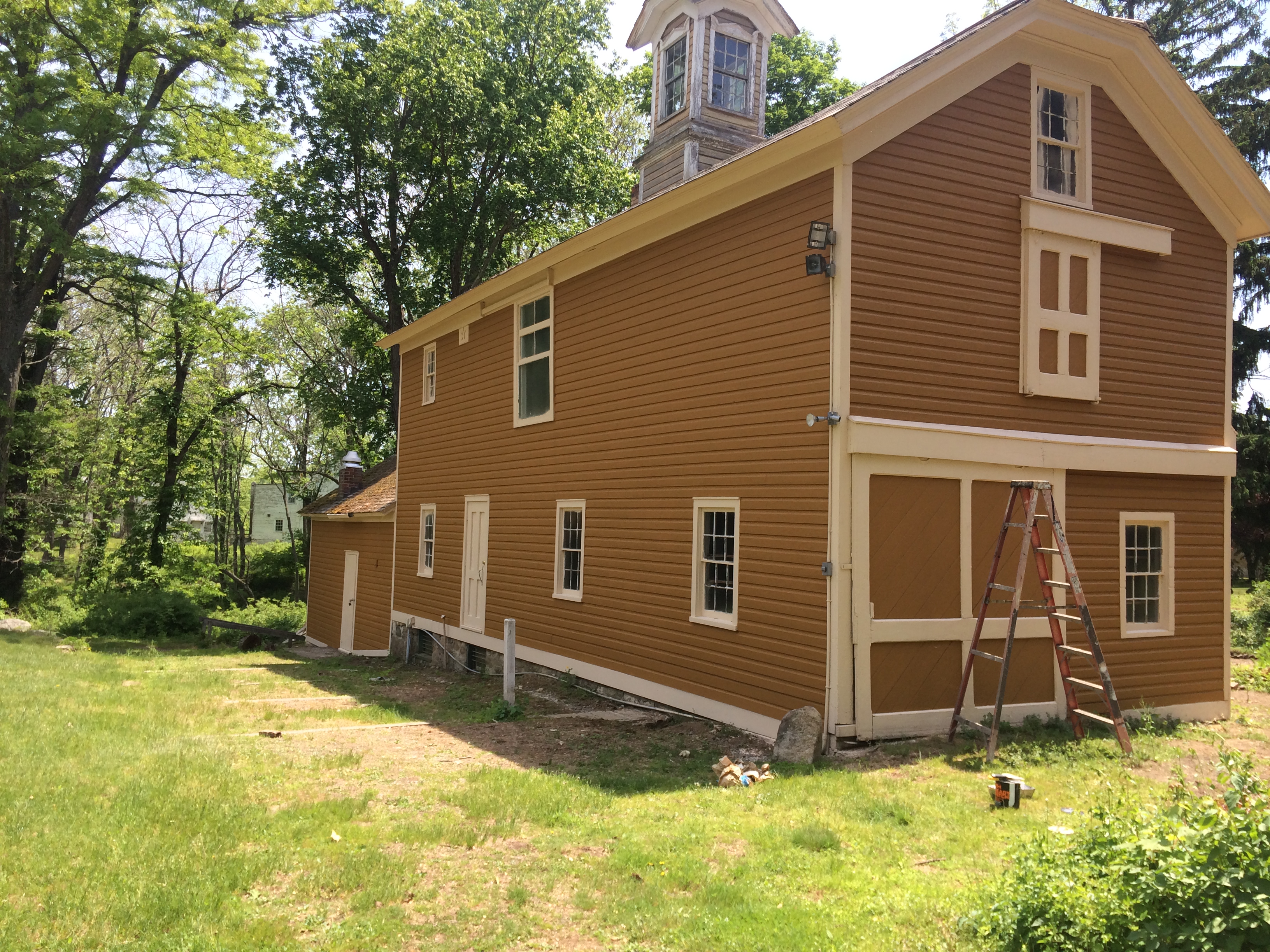More Than a Fresh Coat: The Art and Science of Historic Restoration
New Jersey is home to a rich tapestry of American history, reflected in its diverse architecture from colonial-era homes to grand Victorian structures. Painting these historic buildings is not just about aesthetics; it’s an act of preservation. A simple paint job can inadvertently cause irreversible damage, while a carefully planned restoration protects the structure’s integrity and value for generations to come. Understanding the unique character and material composition of these properties is the foundation of a successful and lasting project.
At Spectra Painting, we have been dedicated to the meticulous craft of historic restoration painting since 1989. Our approach combines deep respect for historical accuracy with the advanced techniques needed to protect and rejuvenate aging materials. We recognize that every brushstroke contributes to the story of a building, and our mission is to tell that story with authenticity and precision.
The Unique Challenges of Painting Historic New Jersey Properties
Painting a historic property presents a set of challenges far different from those of modern structures. The original materials—from horsehair plaster and hand-hewn wood to early types of brick and metalwork—require specialized knowledge. The primary goal is always to preserve as much of the original fabric as possible.
Material & Surface Preparation
Decades, or even centuries, of exposure to New Jersey’s varied climate can lead to paint failure, wood rot, and moisture intrusion. Proper surface preparation is paramount. This often involves more than just scraping and sanding. For metal surfaces, techniques like sandblasting may be required to remove corrosion and failed coatings, creating a clean profile for optimal adhesion. For delicate wood or masonry, gentle methods are necessary to avoid damaging the substrate.
Lead Paint Abatement
Many buildings constructed before 1978 contain lead-based paint. Its disturbance can create serious health hazards. Professionals must follow strict EPA guidelines for safe removal and disposal. As a lead-safe certified firm, we ensure that all abatement is handled with the utmost care, protecting both the property owners and our team.
Historical Accuracy and Color Palettes
Choosing the right color is a critical part of historic restoration. It involves researching the building’s era to identify period-appropriate palettes. Sometimes this requires paint analysis, where small samples are examined under a microscope to reveal the original color layers. Using historically accurate colors not only honors the architect’s original vision but is often a requirement for properties in designated historic districts.
Did You Know?
New Jersey is home to over 1,600 listings on the National Register of Historic Places. Many of these treasured landmarks, from the Cape May Historic District to the Paterson Great Falls National Historical Park, require specialized maintenance and painting to preserve their unique character.
The Historic Painter’s Toolkit: Techniques and Materials
Maintaining the integrity of a historic structure means selecting the right materials. Modern acrylic and latex paints are not always suitable, as they can trap moisture within older, more breathable walls, leading to peeling, blistering, and decay.
| Paint Type | Best For | Considerations |
|---|---|---|
| Oil-Based Alkyd Paints | Wood siding, trim, and historic metalwork. Offers excellent adhesion and a durable, hard finish. | Longer drying times and stronger odors. Can become brittle and crack over time with UV exposure. |
| Linseed Oil Paints | Historic wood that needs to breathe. This traditional formula soaks into wood fibers, protecting from within. | Very slow curing time. Requires specialized application knowledge for best results. A true historic choice. |
| Milk Paint | Interior plaster walls and furniture for an authentic, antique matte finish. | Not as durable as modern paints for high-traffic areas without a topcoat. Environmentally friendly. |
| Specialty Coatings | Specific materials like metal fences, radiators, or industrial fixtures. Includes fire-retardants and waterproofing. | Electrostatic painting is ideal for intricate metalwork, providing a flawless, factory-like finish with minimal overspray. |
Historic Preservation in Tinton Falls and Across New Jersey
From the historic districts in Monmouth County to the colonial farmhouses scattered across the state, New Jersey property owners have a duty of stewardship. Local preservation commissions often have specific guidelines for exterior modifications, including paint colors and finishes. Partnering with a painting contractor who is familiar with these local requirements is essential for a smooth and compliant restoration project. Whether it’s a large-scale commercial painting project on a historic downtown building or a meticulous residential exterior repaint, understanding the local context is key.
We take pride in our deep roots in New Jersey and our role in preserving its architectural heritage. Our team works closely with conservators, historical committees, and property managers to ensure every project respects the building’s historical and cultural significance while providing modern, long-lasting protection.
Ready to Restore Your Property’s Historic Charm?
Your historic property deserves the care of a specialist. At Spectra Painting, we bring over three decades of expertise in historical preservation to every project. Contact us to discuss your vision and learn how we can protect your investment for years to come.
Frequently Asked Questions
What is the difference between a standard paint job and historic painting restoration?
A standard paint job focuses primarily on aesthetics and modern surface protection. Historic painting restoration is a much more involved process that includes historical research, specialized surface preparation, potential lead paint abatement, replication of historic paint colors and finishes, and the use of materials compatible with the original structure to ensure its long-term preservation.
How do you determine the original color of a historic building?
We can use several methods. The most accurate is scientific paint analysis, where a small sample is examined in a lab to reveal the original layers of paint. We also conduct historical research, looking at old photographs, building records, and local historical archives to determine the appropriate color palette for the building’s specific time period and architectural style.
Can modern paints be used on a historic home?
Sometimes, but it requires careful consideration. Many modern paints create an impermeable film that traps moisture, which can cause significant damage to historic wood and masonry. We evaluate each building individually to select the best coating system—whether it’s a high-quality acrylic formulated for historic buildings or a more traditional oil-based or breathable paint—that offers durability without compromising the structure’s health.
Is historic restoration painting more expensive?
The initial investment can be higher than a standard paint job due to the intensive labor, specialized materials, and expertise required for research and preparation. However, a proper restoration is a long-term investment that protects the building’s structural integrity and significantly increases its market value, preventing more costly repairs in the future.






